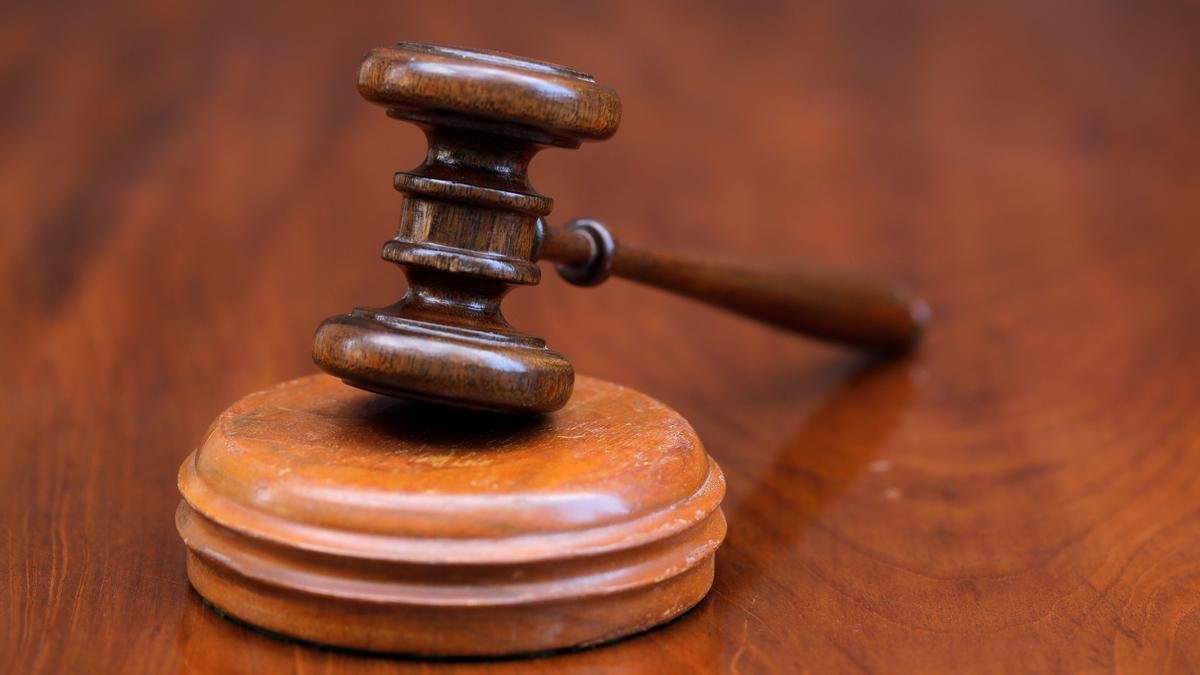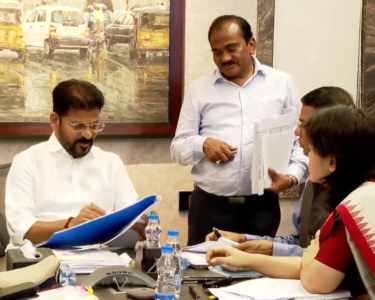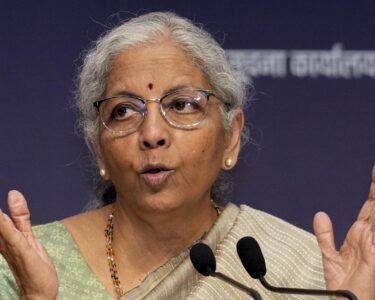The recent development surrounding the Supreme Court Collegium’s decision to reconsider Justice Sreedharan’s appointment has stirred a nationwide debate on the balance between the Judiciary and the Executive in India. Legal experts, jurists, and constitutional scholars have expressed concern that the move may indicate growing executive interference in judicial appointments — a matter that goes to the heart of judicial independence, one of the pillars of Indian democracy.
The incident has reignited discussions about the collegium system, its transparency, and whether the government’s role in appointments has become too influential, potentially undermining the separation of powers envisaged in the Constitution.
Background: The Collegium System and Its Significance
The collegium system was established through judicial interpretation, notably through the Second Judges Case (1993) and the Third Judges Case (1998). Under this system, the Chief Justice of India (CJI) and a group of senior Supreme Court judges recommend appointments and transfers of judges in the higher judiciary.
The intent behind the system was to safeguard judicial independence by minimizing executive interference, ensuring that appointments are based on merit, integrity, and competence rather than political or bureaucratic considerations.
However, the current controversy involving Justice Sreedharan’s appointment has raised serious questions about whether the collegium still functions autonomously or has become vulnerable to external pressures.
The Controversy Around Justice Sreedharan’s Appointment
Justice Sreedharan, a senior judge known for his impeccable integrity and judicial excellence, was initially recommended by the Supreme Court Collegium for elevation to a High Court Chief Justice position. However, following reported objections or delays from the executive branch, the collegium later revised or “shifted” its recommendation, citing “changed circumstances.”
This unusual move has sparked speculation that the decision might have been influenced by executive feedback or pressure, rather than purely judicial considerations. The shift has thus brought renewed attention to the fragile balance between judicial discretion and executive concurrence in the appointment process.
Concerns Over Executive Influence
Many legal observers argue that the apparent reconsideration of Justice Sreedharan’s appointment highlights an erosion of judicial independence. According to them, when the executive delays or returns collegium recommendations repeatedly, it indirectly influences the final decision — a practice that goes against the spirit of the Constitution’s separation of powers.
Senior advocates and constitutional experts have warned that this trend could lead to a chilling effect on judicial decision-making, where judges may consciously or unconsciously act cautiously to avoid displeasing the government. If the executive gains excessive leverage in judicial appointments, the neutrality and credibility of the judiciary could be at risk.
Judicial Independence: The Cornerstone of Democracy
The independence of the judiciary is not just an institutional requirement — it is a fundamental component of the rule of law. The framers of the Indian Constitution, inspired by democratic ideals, envisioned a judiciary free from political interference, capable of upholding citizens’ rights even against the State.
Article 50 of the Constitution explicitly calls for the separation of the judiciary from the executive, underscoring the importance of impartial justice. When appointments or transfers of judges appear to be influenced by non-judicial factors, it undermines public faith in the system.
The Justice Sreedharan episode, therefore, is not merely an administrative issue; it touches upon the very essence of constitutional democracy.
The Debate on Collegium Transparency
While defending judicial independence, many critics also point out that the collegium system lacks transparency and accountability. The process is often seen as opaque, with limited public reasoning for appointments or rejections.
In recent years, the Supreme Court has started publishing collegium resolutions to improve transparency, but many feel this is not enough. The Justice Sreedharan case reinforces calls for a more structured, transparent, and participatory mechanism that ensures both independence and accountability.
Some experts have suggested reviving discussions around the National Judicial Appointments Commission (NJAC) — but with stronger safeguards to prevent executive dominance, which was the main reason the NJAC Act was struck down in 2015 by the Supreme Court as unconstitutional.
Executive-Judiciary Relations: A Delicate Balance
The Constitution envisions a delicate balance between the executive and the judiciary. While the government has a role in confirming judicial appointments, that role should be consultative, not controlling. Any attempt to influence or delay decisions for political convenience threatens that equilibrium.
Observers note that in recent years, there have been increasing instances of delays by the government in approving collegium recommendations. Some judges’ names have been pending for months or even years, leading to vacancies in the higher judiciary and slowing down the justice delivery system.
If the collegium begins to adjust its decisions based on executive hesitation or resistance, it could create a precedent that weakens institutional autonomy.
Call for Reforms and Institutional Clarity
Legal experts have called for an urgent reform in the appointments process. The goal should be to strengthen the independence of the judiciary while introducing procedural clarity and transparency.
Suggestions include:
- Setting time limits for the executive to respond to collegium recommendations.
- Publishing detailed reasons for appointments and rejections.
- Ensuring parliamentary oversight that respects judicial autonomy.
- Establishing an independent secretariat to handle the logistics of judicial appointments.
Such measures would help ensure that judicial appointments remain free from political or bureaucratic bias, while maintaining public trust.
Conclusion: Safeguarding Judicial Independence
The controversy surrounding Justice Sreedharan’s appointment serves as a critical reminder of the ongoing tension between the judiciary and the executive in India’s constitutional framework. The independence of the judiciary is not negotiable — it is the foundation upon which the entire democratic structure rests.
If the collegium system begins to yield to executive pressure, even subtly, it could compromise the credibility, impartiality, and moral authority of the courts. It is therefore essential for all constitutional institutions to act within their boundaries, respecting both autonomy and accountability.
Preserving judicial independence is not just the judiciary’s responsibility — it is a collective duty of the State and its citizens to ensure that justice remains free, fair, and fearless.







